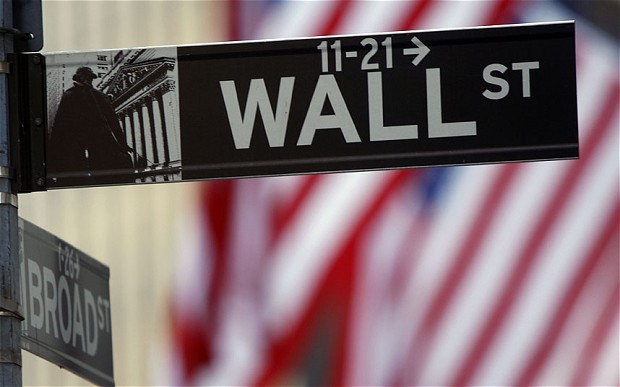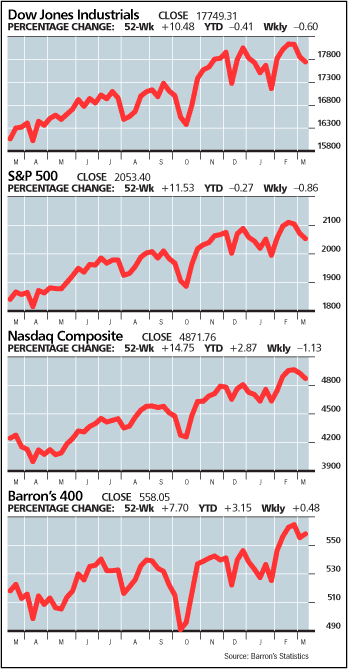Why Interest Rates Won t Rise as Much as Wall Street Fears US News
Post on: 3 Июль, 2015 No Comment

Investors are getting unduly nervous about a bursting bond bubble and a change in monetary policy.
Investors gagged on recent news from the Federal Reserve that some of its policymakers want to curtail the central bank’s aggressive monetary easing policy. The suggestion raises the specter of rising interest rates, which may hover over the economy for all of 2013.
But investors have overreacted to such news before, and there may be just as much likelihood that rates stay flat or even decline in 2013. Somehow this market just is not happy unless it has something to flip out about, says David Zervos, global head of strategy and economics at investing firm Jefferies & Co. Just a few days into the new year, we found a new worry for all the chicken littles.
The Fed is entering its fifth year of an aggressive easing strategy meant to push interest rates down, make borrowing cheaper, stimulate spending and drive investors out of safe assets like bonds into riskier assets like stocks. Though controversial, the Fed’s policy has worked somewhat as intended by boosting stock values, making it easier for consumers to buy cars, and helping the housing market recover from an epic bust.
[ENJOY: Political Cartoons About the Economy ]
It can’t last forever, though, and the consequences could be severe if the Fed were to reverse course sooner than expected—or worse, lose control of its ability to control inflation, which would require abrupt interest rate hikes. That’s why investors got spooked when the Fed released the minutes from its latest policymaking meeting, in December, which showed that several of the 17 members favor ending the Fed’s easing strategy sooner than the Fed has called for. Stocks suffered a mild rout.
Investors find the prospect of higher rates jarring because the Fed has generally lulled them into assuming that lower rates are here indefinitely. If rates did rise, bond prices would fall, since existing bonds paying fixed rates of interest would suddenly be worth less. Flat-footed investors could lose big, especially since many have fled the stock market for the relative safety of bonds.
It wouldn’t take much of a backup in rates to wipe out an entire year’s worth of interest, says Russ Koesterich, chief investment strategist for investing firm BlackRock. He says that even if rates on bonds such as 10-year Treasuries were to rise by a half or three-quarters of a percentage point in 2013, it could impose significant losses on bond holders.
[RELATED: Middle-Class Taxes Just Went Up ]
Higher rates might also lure more investors into the stock market, since they’d signal a more normal environment in which the Fed feels less compelled to intervene in a sick economy. That might curtail the flight to safety which leads many investors to buy safe but low-yielding bonds in the first place. There could be a countervailing force on stocks, however, since higher borrowing costs for companies would put a dent in profitability.
Savers would benefit, of course, if interest rates on deposits went up. But they could still earn a negative real return, as some are now, if inflation rose by more than interest rates.

The other big impact would be on consumers borrowing money to finance major purchases such as homes and cars. Thirty-year mortgage rates remain near record lows of about 3.4 percent, which is one factor that helped the housing market bottom out in 2012, with prices finally starting to rise. A modest uptick in interest rates might spur some potential buyers to get off the sidelines and act, in order to lock in relatively low rates before they move higher. But if rates rose too much, it could crimp a recovery that’s just beginning.
[NEWMAN: What Will Cause the Next U.S. Credit Downgrade? ]
Still, none of those scenarios may come to pass, at least not in 2013. Zervos points out that in early 2012, there were similar calls from inside the Fed for rates to rise over the following months. Instead, rates on 10-year Treasuries drifted up in the spring, then hit new lows in the summer, ending the year lower than they started it. Despite some dissension at the Fed, Bernanke and fellow doves, who strongly favor the current easy-money policy, seem firmly in control.
Many economists feel the economy is too weak for inflation to take hold or for interest rates to rise much. Forecasting firm IHS Global Insight expects 10-year Treasury rates, which serve as a benchmark for mortgages and other types of loans, to tick upward to 2.1 percent by the end of 2013, which would be about one-quarter of a percentage point higher than they are now. But that would still be lower than long-term rates have been for most of the last five years.
Meanwhile, the Fed’s official policy is to keep priming the pump until the unemployment rate, now at 7.8 percent, falls to around 6.5 percent, and the overall economy starts to look healthy and self-sufficient. That might not happen until 2014 or later. Until then, expect a lot of guesswork about whether the Fed will actually do what it says it will.
Rick Newman is the author of Rebounders: How Winners Pivot From Setback To Success. Follow him on Twitter: @rickjnewman.














